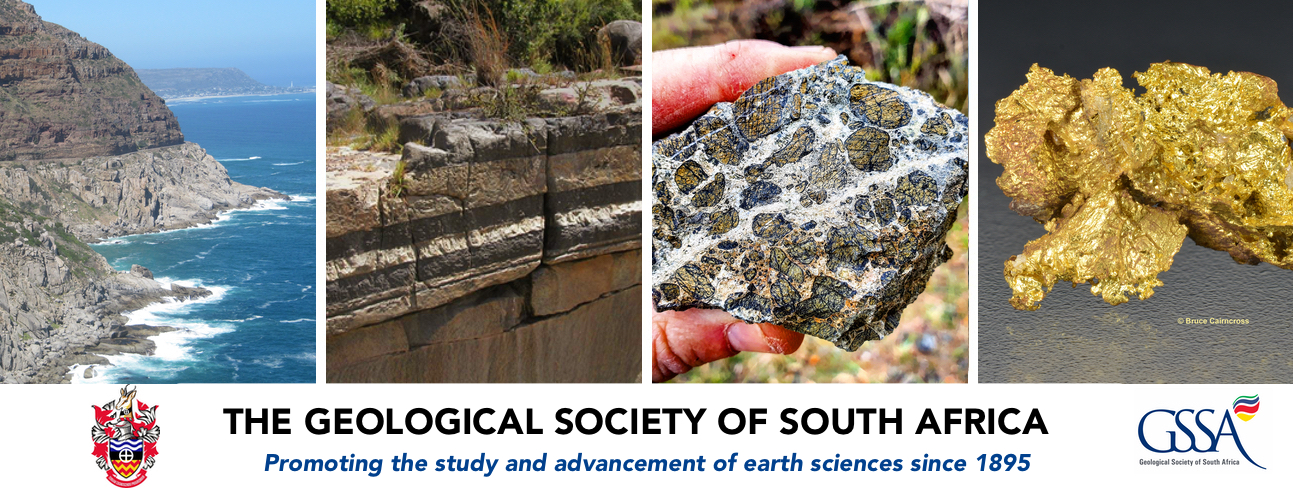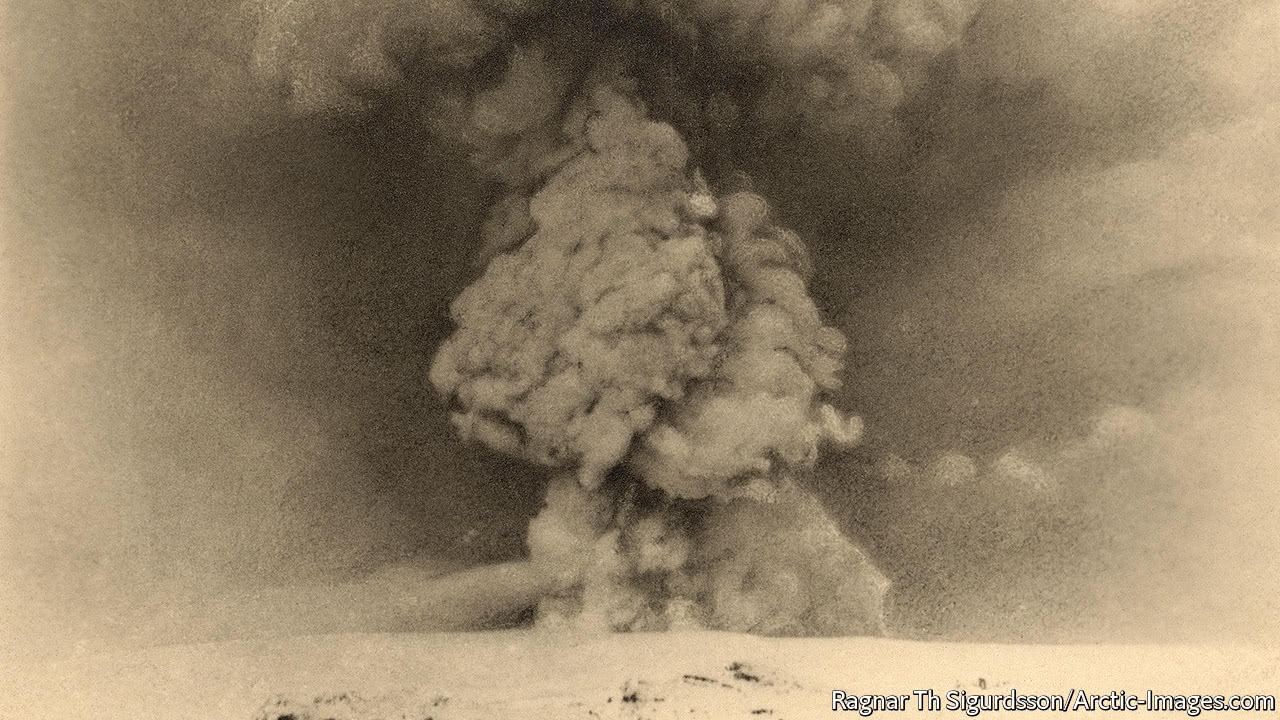Events in Iceland explain years of famine in Europe’s Dark Ages
The Economistreports that amajor plague and famine during the Middle ages may have been caused by an eruption of Katla, one of Iceland’s largest volcanoes. The summer of 821 was wet, cold and yielded a poor harvest. Then winter came. Temperatures plunged. Blizzards smothered towns and villages. The Danube, the Rhine and the Seine—rivers that never froze—froze so hard that the ice covering them could be crossed not just on foot but by horse and cart. Nor did spring bring respite. Terrible hailstorms followed the snow. Plague and famine followed the storms. The next few winters were worse. Fear stalked the land. Paschasius Radbertus, a monk of Corbie, in what is now northern France, wrote that God Himself was angry. Yet it was not God that wrought this destruction, according to Ulf Büntgen of the University of Cambridge, but rather a volcano now called Katla, on what was then an unknown island, now called Iceland.


